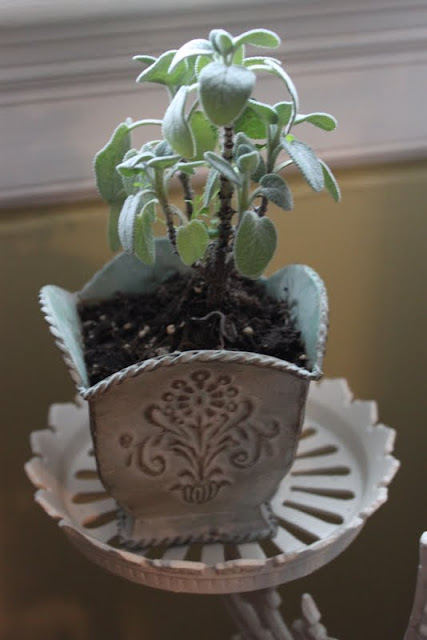I want to say something meaningful about all this horrifying news coming out of Boston, but I can't find the words. There's only so much sadness I can take in at a time, especially when it's on such a vast scale as the Marathon and a citywide manhunt. At some point I just need to turn off the news. Maybe I'm avoiding reality, but once you have the basic information, how helpful is it to dwell on tragedy that doesn't personally touch you?
Instead, I want to think about the still-beautiful things.
On Tuesday, Josh and I drove down to Newport to visit The Elms, one of the mansions on Bellevue Avenue. We listened to NPR for the first half of the trip, but after a while it got to be too much, hearing such gruesome details about limbs lost as we passed flowering trees and sparkling water. So we turned to a music station, though not without feeling a bit callous for enjoying such a beautiful day.
As we wound through the scenic downtown, stopping for pedestrians and peering at the porched and gabled houses in colorful hues, the sadness of the real world seemed to lessen. That only continued when we arrived at The Elms, the one-time summer residence of the Berwinds, who made their fortune in coal. Unlike some of the mansions in Newport (cough Marble House cough), The Elms is a tasteful spinoff of an 18th-century French chateau (but that must be an oxymoron in itself, right?). Lavish statues decorate the grounds and refined gardens, and the interior resembles a fine art museum more than a residence. But you don't get the sense that the owners were trying to show off their wealth quite as much as other Newport residents.
In the 19th century, Newport, RI became a summer playground for the wealthy of New York and Philadelphia. Families like the Vanderbilts and Astors constructed lavish mansions, which they called "summer cottages," and they spent their summers having parties and taking the sea air away from the city. They sent groups of servants to Newport a few weeks in advance to open up the houses and prepare for the summer season, and they hired summer staff to help out with the massive parties they threw almost daily. Today many of these mansions are still standing, and you can visit a lot of them thanks to the work of the Newport Preservation Society.
We've been on a number of "regular" mansion tours in Newport over the past few years, so we decided to go on the "behind the scenes" Servant Life tour. Instead of wandering through the lavish parlors and second parlors and bedrooms, we came in through the servants' entrance on the side, passing under wisteria grown specifically to mask the servants' comings and goings. We hiked up four flights of back stairs to the servants' quarters, which resembled dormitories more than anything else (and were not divided by gender, as in Downton Abbey). We went out on the roof, where the servants could take smoke breaks or hang out when off-duty, camouflaged by an immensely tall wall. And we plunged into the basement boiler room and peered at the coal delivery system, a long tunnel with its own delivery cart.
Our guide told stories of Mr. Berwind firing all 40 members of the summer staff at once for having the gall to request a full day off in the summer. Of 18-hour days when the Berwinds entertained friends and colleagues. Of Irish immigrants finding their first jobs at the mansion and moving on to bigger and better things, like working as seamstresses. The guide didn't tell as many stories as I was hoping for, but nevertheless it was a fascinating glimpse into the "downstairs" life of the Newport mansions.


























